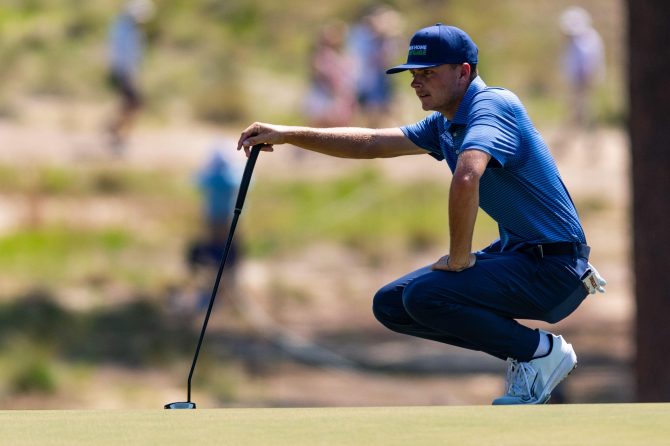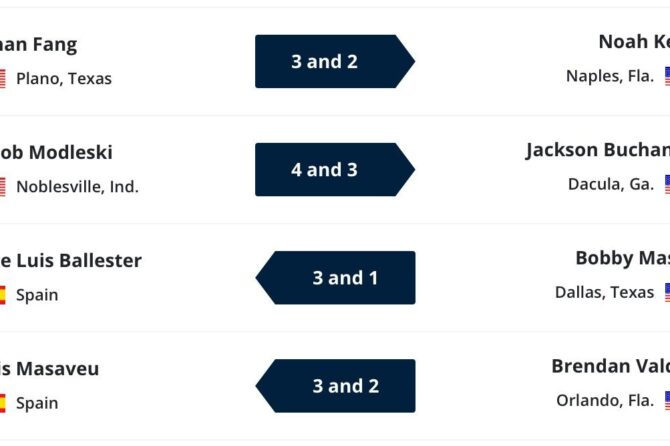Golf, a physically and mentally demanding sport, requires a structured training regimen to maximize performance. This article delves into the scientific underpinnings of optimal golf training techniques, focusing on the latest advancements and evidence-based practices. By incorporating advanced biomechanics, motor learning principles, and cutting-edge technologies, golfers can enhance their physical capabilities, refine their neuromuscular coordination, and develop a comprehensive approach to training. This in-depth exploration provides golfers, coaches, and professionals with a comprehensive understanding of the key factors influencing performance optimization in golf, empowering them to develop effective and tailored training programs for enhanced on-course success.
– Physical Conditioning and Biomechanics for Enhanced Swing Mechanics
Physical Conditioning and Biomechanics for Enhanced Swing Mechanics
Physical conditioning plays a crucial role in maximizing golf performance. Core strength is paramount, stabilizing the body and generating power. Flexibility in the hips, spine, and shoulders enables optimal swing mechanics. Balance is essential for maintaining poise and control during the swing.
Biomechanics analyzes the body’s mechanics during the golf swing. Understanding the sequencing and coordination of body segments allows for targeted training to improve swing efficiency. Kinematic assessments measure joint angles, velocities, and torques, providing insight into swing quality. Force plate analysis measures ground reaction forces to optimize weight distribution and force distribution during the swing.
Table 1: Biomechanical Parameters for Golf Swing Analysis
| Parameter | Measurement | Impact |
|—|—|—|
| Swing plane angle | Angular displacement of the club head | Clubface alignment and impact location |
| Clubhead speed | Velocity of the club head | Distance and trajectory |
| Backswing length | Amplitude of the backswing | Swing tempo and power generation |
| Release angle | Angle of the club head at impact | Ball spin and flight path |
– Cognitive Training and Visualization for Precision and Focus
Cognitive Training and Visualization for Precision and Focus
Cognitive training enhances focus and precision by stimulating brain regions responsible for attention, working memory, and decision-making. Through exercises that challenge these cognitive abilities, golfers can improve their ability to maintain focus during shots and make quick, accurate decisions in stressful situations.
Visualization techniques are powerful tools for improving precision and focus. By mentally rehearsing shots, golfers can create a detailed mental blueprint for successful execution. Visualization can enhance spatial awareness, muscle memory, and confidence, leading to improved aim and consistency.
Table: Benefits of Cognitive Training and Visualization for Golf
| Benefit | Description |
|—|—|
| Improved focus | Enhance concentration and reduce distractions |
| Increased precision | Refining motor skills and shot accuracy |
| Enhanced decision-making | Make informed choices under pressure |
| Strengthened mental game | Build resilience and handle setbacks |
| Reduced anxiety | Improve confidence and reduce nerves |
– Swing Analysis and Technological Tools for Personalized Optimization
Swing Analysis and Technological Tools for Personalized Optimization
In the realm of golf, technology has emerged as a valuable ally in optimizing training techniques for enhanced performance. Swing analysis tools, such as motion capture systems and video analyzers, provide detailed insights into a player’s swing mechanics. These tools allow coaches and players to identify areas for improvement, such as timing, tempo, and clubhead speed.
Technological tools have also revolutionized the way golfers practice. Golf simulators offer a controlled environment where players can hone their skills and receive real-time feedback on their shots. Wearable technology, such as smartwatches and GPS devices, track metrics such as distance, pace, and heart rate, providing valuable data for training optimization.
Personalized optimization is crucial in unlocking the full potential of these technological tools. By combining data from swing analysis, performance metrics, and subjective input from coaches and players, personalized training programs can be developed that address individual needs and goals. This tailored approach empowers golfers to work on specific swing characteristics and improve their overall performance on the course.
– Skill Acquisition and Motor Control for Improved Shot Execution
Skill Acquisition and Motor Control for Improved Shot Execution
Understanding the principles of skill acquisition and motor control can significantly enhance the effectiveness of golf training techniques. Skilled golf shots rely on the coordinated execution of complex movements. By comprehending the underlying processes involved in motor learning, coaches and players can create targeted interventions that foster the development of efficient and consistent shot mechanics.
The process of skill acquisition begins with the formation of declarative knowledge, which represents the conscious understanding of the techniques involved. This is followed by the development of procedural knowledge, which enables the player to subconsciously execute the required movements with increasing automaticity. Motor control, governed by the cerebellum and basal ganglia, plays a crucial role in coordinating these movements, ensuring precision, timing, and coordination.
To optimize skill acquisition, training should focus on creating a scaffold of support that gradually reduces reliance on declarative knowledge and promotes proceduralization. Practice sessions should:
Break down complex skills into smaller, manageable components: This allows for focused practice and isolation of specific technical aspects.
Emphasize repetition and consistency: Consistent practice reinforces neural pathways, facilitating the automatization of movement patterns.
* Provide feedback and adjust practice: Regular performance assessment with appropriate feedback enables players to refine their techniques and correct errors.
| Practice Component | Role in Skill Acquisition |
|—|—|
| Chunking: | Breaking down complex skills into manageable units |
| Repetition: | Fostering automatization and procedural knowledge |
| Feedback: | Guiding and refining practice sessions |
– Performance Monitoring and Recovery Strategies for Sustained Improvement
Performance Monitoring and Recovery Strategies for Sustained Improvement
Effective performance monitoring is crucial to identify areas of improvement and track progress. Regular self-assessments or evaluations by coaches can provide insights into strengths, weaknesses, and technical deficiencies. Use of technology, such as motion capture or video analysis, offers objective data to analyze movements and identify areas for improvement.
Proper recovery strategies are essential for sustained improvement. Sufficient sleep allows for physical and mental rejuvenation. Active recovery activities, like foam rolling or light cardiovascular exercise, promote blood flow and flexibility. Proper nutrition, including hydration, supports muscle repair and recovery. Implementing a planned recovery schedule ensures adequate rest and prevents burnout, contributing to long-term performance enhancement.
To maintain sustained improvement, periodic periods of de-loading or reduced training intensity can prevent plateaus and allow the body to adapt and recover. Cross-training activities can enhance overall fitness and reduce the risk of overuse injuries. Additionally, psychological recovery techniques, such as mindfulness or meditation, can promote mental well-being and improve focus and concentration for optimal performance.
Conclusion
optimizing golf training techniques plays a pivotal role in enhancing overall performance. Through a comprehensive understanding of swing mechanics, proper equipment fitting, and effective practice methodologies, golfers can maximize their potential for success. By implementing the strategies outlined in this article, golfers can refine their swing, improve accuracy and distance, and ultimately achieve their desired results. Continual adaptation, analysis, and reflection are essential to maintain progress and ensure that training remains aligned with individual objectives. With dedication and dedication to optimizing training techniques, golfers can unlock the full potential of their abilities and achieve excellence in the demanding game of golf.





